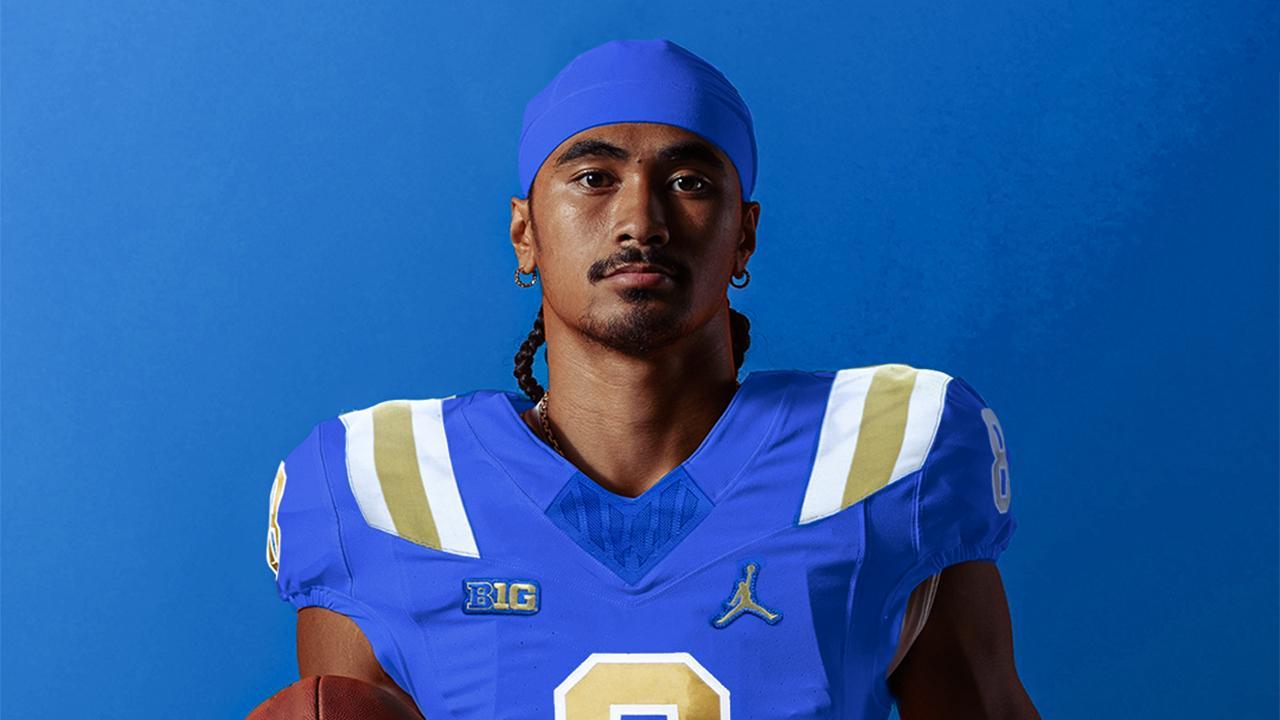This is the third year in a row I've attended the annual "One-Back Clinic," and it has by far the biggest crowd of college coaches I've seen at the event. The two-day clinic is back at the University of Houston, where about 70 offensive coaches filed into a room with seven rows of long, rectangular black tables in the front of the Cougars' athletic complex.
Many of the regulars are here, including Arizona State offensive coordinator Noel Mazzone; he and UH coach Kevin Sumlin have become the godfathers of this annual invite-only seminar that has been going on for more than a decade. Every year, there's a little variation on the makeup of the colleges represented. This year, in addition to ASU, Houston and Arkansas staffers, most of the offensive assistants from Oklahoma and Notre Dame, as well as Arkansas State, are also here. The trick in organizing the event is making sure not to have staffs from the same conference or from teams that will play each other in the fall. Tony Levine, Houston's special-teams coordinator and Sumlin's assistant head coach, organized this year's clinic.
Another new school in attendance is West Virginia. It is here because new WVU head-coach-in-waiting Dana Holgorsen, who was the main reason why Oklahoma State was part of the One-Back in 2010, is the day's third presenter.
The clinic kicked off at noon on Sunday.
Late in the afternoon, Holgorsen wanders to the center of the room and settles down at the video projector, getting ready to speak on his designated subject: "West Virginia Drop Back Pass Concepts."
As most football fans know by now, Holgorsen's style is unique. The former Iowa Wesleyan receiver comes across much different from any of the other nine coaches who will present here over the two days. His delivery is so nonchalant that he practically makes his mentor Mike Leach seem buttoned-up.
"O.K., I did what Noel does and got on the computer and found every touchdown so it looks like you guys think we know what we're talking about," Holgorsen tells the room as the first clip flashes onto the big screen in front of the room.
In the first few minutes of Holgorsen's presentation, he touches on the evolution of his approach to certain phases of his offense, going back to his years under Leach in terms of how it relates to the pressure on the quarterback. At Texas Tech, the Red Raiders were always among the nation's leaders in total offense, scoring and passing. From Tech, Holgorsen went to Houston, where there was a little more emphasis on the run game. Last season, after he had moved over to run Oklahoma State's offense -- where he inherited star RB Kendall Hunter -- Holgorsen said they ran the ball 44 percent of the time and screened another 16 percent. "The one thing we didn't change was how we practiced," he says.
Holgorsen goes over basic concepts of specific plays that are vital to his offense, mapping out each receiver's responsibility and the quarterback's plan of attack based on the looks a defense will show. When Arkansas offense coordinator Garrick McGhee asks who should get the ball if the defense presents a "quarter quarter half" look, Holgorsen's laser pointer kicks into high gear. "More than likely, this guy over there, but it depends on this guy over here," he explains, adding. "We get backside [finding an open receiver] on this a lot."
In reality, his offenses seem to get a lot of everything. And because of that, Holgorsen's stock is soaring these days. He arrived at Tech in 2000 with Leach and helped produce dizzying offensive results. In 2008, Sumlin offered him the chance to call his own plays and run the offense at Houston, where the Cougars ranked No. 3 in the country in total offense in Holgorsen's first season and No. 1 in his second. He left UH for more money and a return to the Big 12, where he transformed an Oklahoma State offense that was No. 61 into the No. 3 offense in college football -- despite breaking in a new QB.




